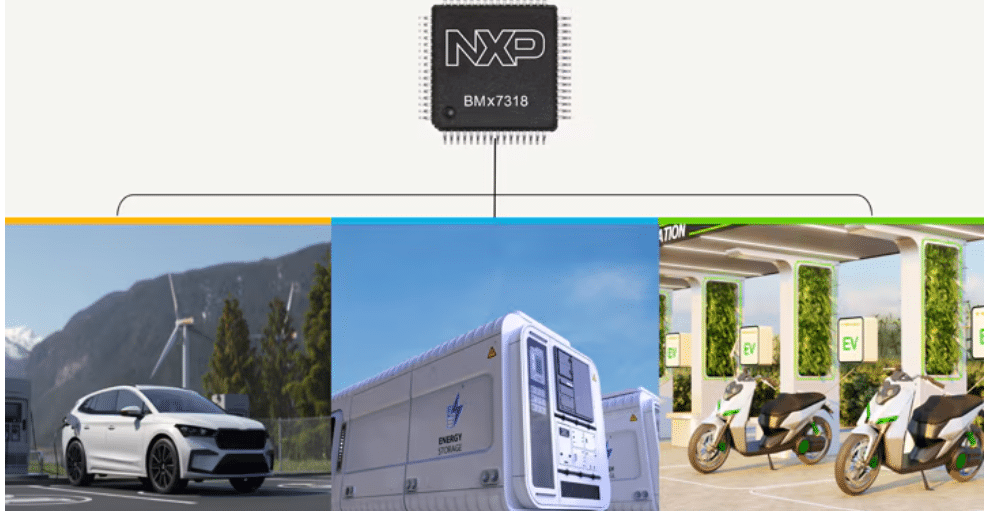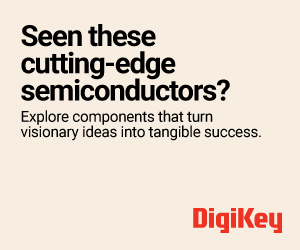A new battery cell control IC solution brings high accuracy, reduced system complexity, and built-in safety for EVs, energy storage, and 48V platforms—supporting flexible designs and scalable architectures with robust EMI performance and ultra-low power operation.

NXP has unveiled its new BMx7318/7518 battery cell controller IC family—an 18-channel Li-ion solution tailored for modern electrification needs including EV high-voltage battery systems, energy storage systems (ESS), and 48V architectures.At its core, this new IC family is built on a dedicated ADC-per-channel architecture, ensuring complete channel independence, eliminating cross-talk, and improving filtering accuracy. With PIN-to-PIN compatibility across different device derivatives, the platform allows flexibility and easy design upgrades.
The key features are:
- Simplifies system design with advanced architecture
- Reduces up to 50% of external components, lowering overall BOM cost
Supports up to 18 Li-ion battery cells - Enables parallel cell balancing up to 150mA per channel, peaking at 300mA
- Operates reliably in high-temperature environments up to 125°C
Users gain a highly efficient, cost-optimized solution that enables more accurate cell monitoring, faster balancing, and robust EMI immunity, making it suitable for semi-centralized BMS architectures. Safety remains central, with ASIL-C and SIL-2 compliance and a hardware alarm pin for instant overcurrent response. Additionally, an ultra-low-power mode (5µA) enables long-term storage and secure global transport.The solution integrates multiple key functions—including the analog front-end, battery junction box, and gateway interfaces such as I-sense and SPI2TPL bridge—into a single chip. This high level of integration streamlines the system architecture, reduces board space, and simplifies overall design while improving reliability and cost efficiency.
“By integrating advanced ADCs, high-current balancing, and EMI immunity, we’re helping customers design more scalable and efficient energy systems with reduced complexity and full functional safety,” says Naomi Smit, VP & GM, Driver and Energy Systems, NXP. As the world shifts to greener mobility and energy solutions, managing batteries with accuracy, reliability, and cost efficiency becomes critical. This IC family meets that challenge head-on, supporting innovations in electric vehicles, smart grids, and home energy systems.

